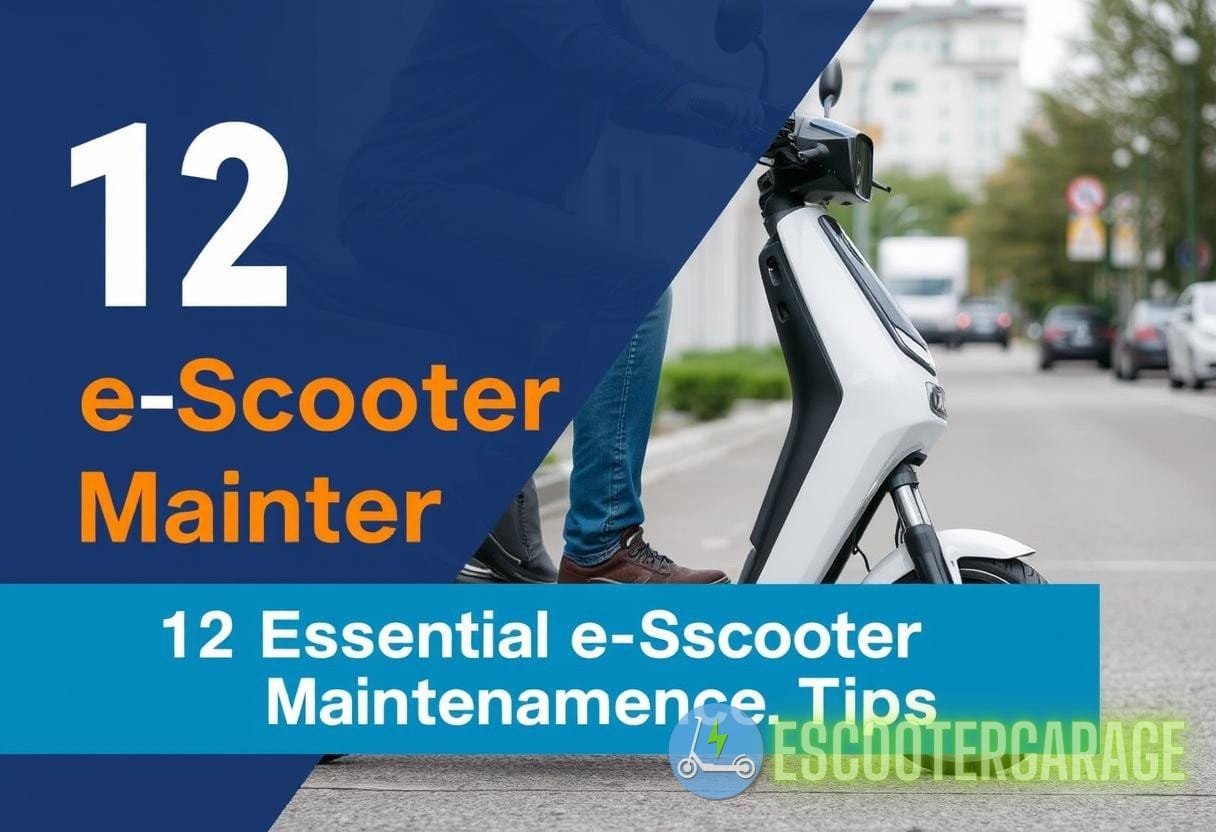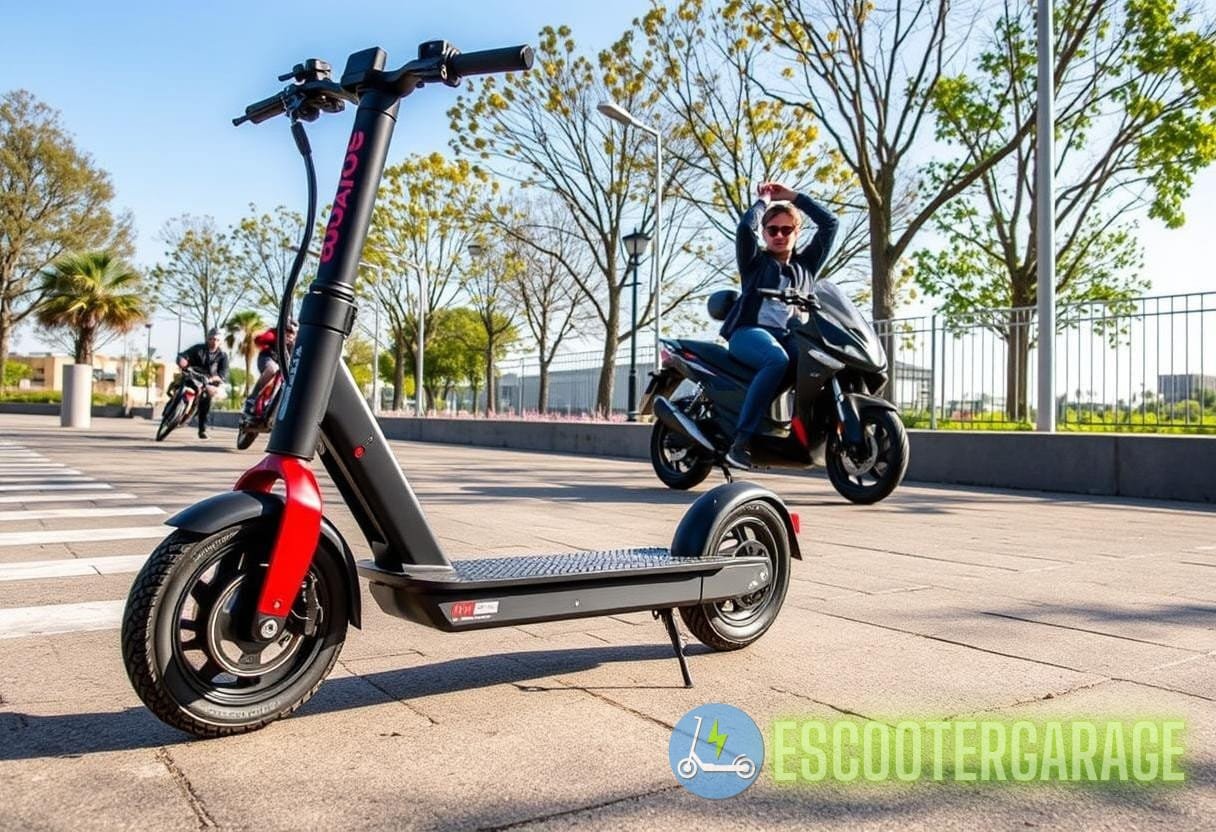Decoding eScooter Efficiency: A Scientific Exploration of Aerodynamic Enhancements for Performance Improvement
As the popularity of electric scooters (eScooters) continues to rise, understanding the factors that impact eScooter performance becomes essential. One critical area that significantly influences performance is aerodynamics. In this eScooter aerodynamics guide, we will explore how aerodynamic enhancements can lead to substantial improvements in efficiency, speed, and overall riding experience. This beyond-basic examination combines scientific principles with practical insights to understand eScooter agility better.
Understanding Aerodynamics
Aerodynamics is the study of how air interacts with moving objects. It’s a crucial element in vehicle design, affecting everything from fuel efficiency to maximum speed. For eScooters, improving aerodynamic efficiency can lead to:
- Reduced drag resistance
- Enhanced battery life due to lower energy consumption
- Increased top speeds
By optimizing an eScooter’s aerodynamics, riders can enjoy longer trips and faster commutes with minimal strain on the scooter’s motor. The following sections will provide a detailed analysis of the aerodynamic factors affecting eScooter efficiency.
The Role of Drag in eScooter Performance
Drag is the aerodynamic force opposing an object’s motion through the air. It can be broken down into two principal types:
- Form Drag: This arises from the shape of the object. More streamlined shapes experience less form drag, which is crucial for eScooters as they are usually upright machines.
- Skin Friction Drag: This is caused by the friction between the surface of the eScooter and the air. A smoother surface reduces skin friction drag.
Performance improvements in eScooters through aerodynamic enhancements often rely on reducing drag. According to studies, a decrease in drag coefficient (Cd) by even a small percentage can lead to a measurable increase in top speed and efficiency.
Factors Contributing to Drag
Several factors contribute to the overall drag experienced by eScooters:
- Rider Position: An upright position increases drag. Leaning forward can help in reducing it.
- Scooter Design: The shape of the scooter, including the length and angle of the handlebars, directly impacts drag levels.
- Environmental Conditions: Wind speed and direction play significant roles in increasing or decreasing drag. Riding against a headwind increases drag substantially.
Understanding these factors allows for effective design changes and rider techniques to minimize drag during rides.
Aerodynamic Enhancements and Technologies
The good news is multiple aerodynamic enhancements can improve eScooter efficiency. By integrating innovative technologies and design adjustments, manufacturers can create scooters optimized for reduced drag. Below are effective enhancements to consider:
1. Streamlined Body Design
One of the most straightforward improvements comes from enhancing the physical profile of the eScooter. Key elements of a streamlined design include:
- Curved shapes instead of sharp angles
- Lowered handlebars and footrests
- Integrated battery encasements to minimize protrusions
A streamlined frame can lower the drag coefficient significantly, allowing for improved top speed — studies suggest that a properly streamlined body can decrease drag by up to 15%.
2. Fairings and Cowling
Integrating fairings or cowling around various components can further reduce drag. Fairings can effectively shield protruding parts, such as the wheels and battery pack, thus reducing their impact on airflow. For instance:
- Rear wheel fairings can minimize turbulence created by wheel rotation.
- Front cowling can guide air smoothly over the handlebars.
Implementing fairings can potentially halve the drag experienced by the eScooter, resulting in a more efficient ride.
3. Wheel Design and Materials
The type of wheels used and their design can significantly impact aerodynamic performance. Considerations include:
- Solid or aerodynamic spokes that minimize air resistance
- Inflatable tires with lower rolling resistance for better grip and drag
Studies indicate that specialized aerodynamic wheels can reduce drag up to 10%, contributing significantly to overall performance improvement.
Rider Techniques for Enhancing Aerodynamic Efficiency
Riders also have a role to play in improving eScooter efficiency through their riding techniques. Here are some methods to optimize your aerodynamic position and reduce drag:
- Maintain a low profile by leaning slightly forward during acceleration.
- Avoid wide turns, as they can increase drag.
- Keep your limbs close to your body to reduce wind resistance.
By adopting these techniques, riders can further maximize the potential benefits of their eScooters, such as maintaining higher speeds with less energy consumption.
Evaluating Real-World Examples
Several manufacturers have applied aerodynamic principles to their designs, showcasing the practical application of these theories. For instance, the Inokim OXO, which features an optimally shaped frame along with proper wheel design, demonstrates significant efficiencies as confirmed in user trials. Notably, riders reported a 17% increase in speed while using less battery power.
Another effective example is the Xiaomi Mi Electric Scooter Pro, where aerodynamically designed fairings have been integrated into the main body. A recent study indicated that when riders utilized these enhancements, battery life was improved by up to 20% under similar riding conditions.
Statistical Insights into eScooter Efficiency
Enhancements in eScooter aerodynamics yield measurable improvements. Some reported statistics include:
- Drag reduction can increase battery range by 10-20%.
- Optimized aerodynamics can provide speeds in excess of 25 mph for standard models which previously averaged 20 mph.
- Leaning forward while riding can reduce drag by 5-10% further, depending on the rider’s size and shape.
These statistics reflect the importance and potential impact of implementing aerodynamic enhancements in eScooter performance.
Links to Further Understanding
For a deeper dive into the specifics of eScooter maintenance and repair, check out our guides:
- Battery Repair Guide
- Tire Maintenance Tips
Future Trends in eScooter Aerodynamics
As eScooter technology evolves, the focus on aerodynamics is likely to grow. Emerging trends include:
- lightweight materials: The development of high-strength, lightweight composites will lead to lighter, more efficient scooters.
- Adaptive Designs: Utilizing electronics to adjust scooter profiles based on speed and environmental conditions.
- Smart Features: Integration of sensors that provide real-time feedback on aerodynamic efficiency during rides may become standardized.
These advancements can transform the future of eScooter design, leading to even more efficient and user-friendly rides.
Conclusion
In conclusion, understanding and implementing aerodynamic improvements are vital for enhancing the efficiency and performance of eScooters. From body design and rider techniques to advanced materials and technologies, every aspect can contribute to better performance. Overall, the exploration of aerodynamics showcases how attention to these details can lead to significant advances in the eScooter experience.


